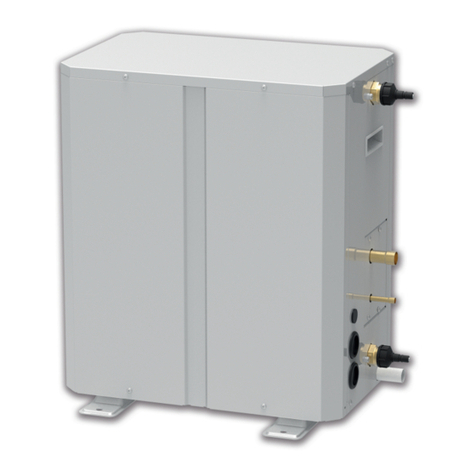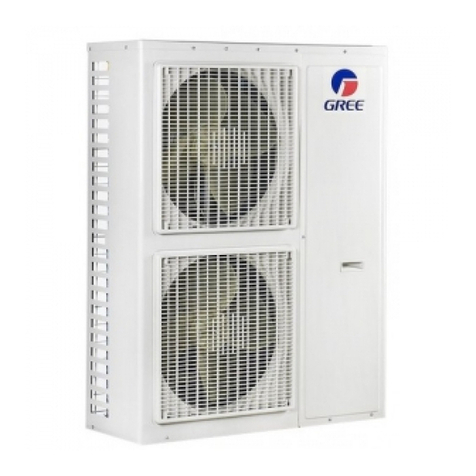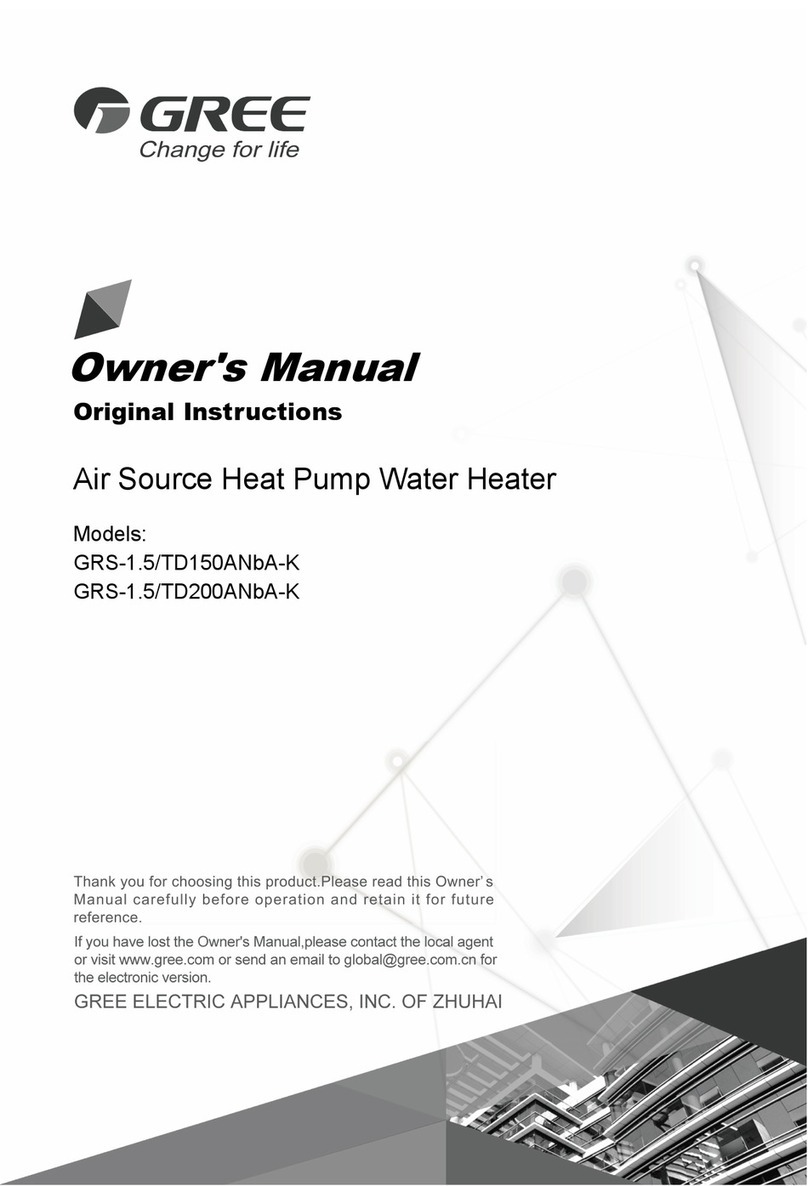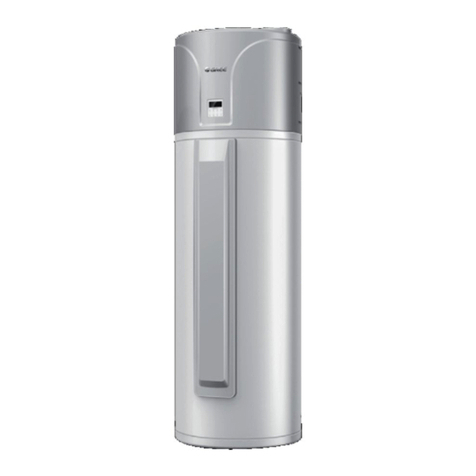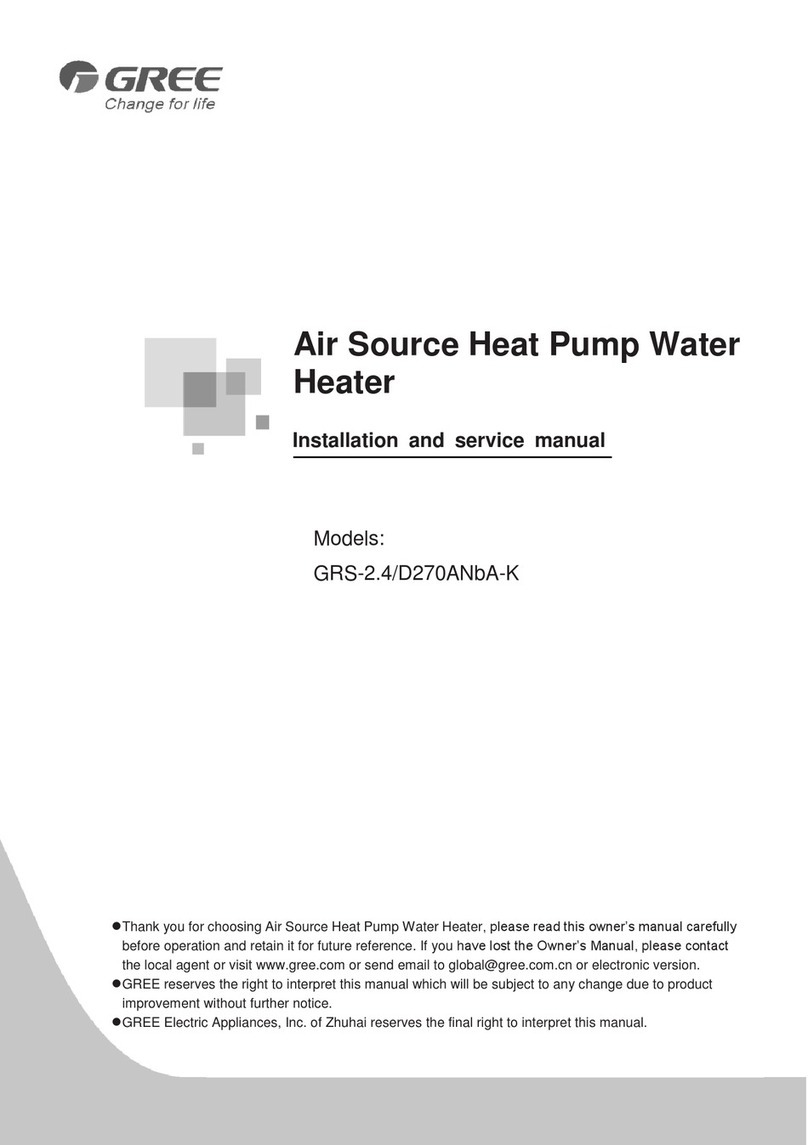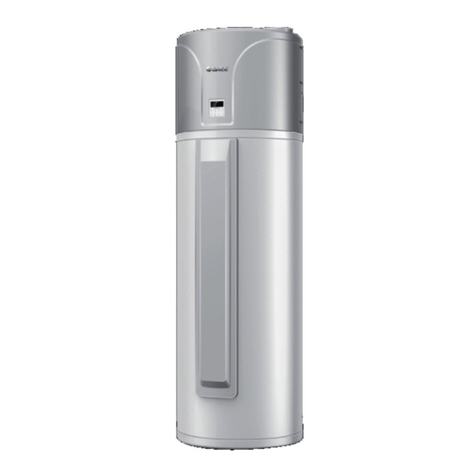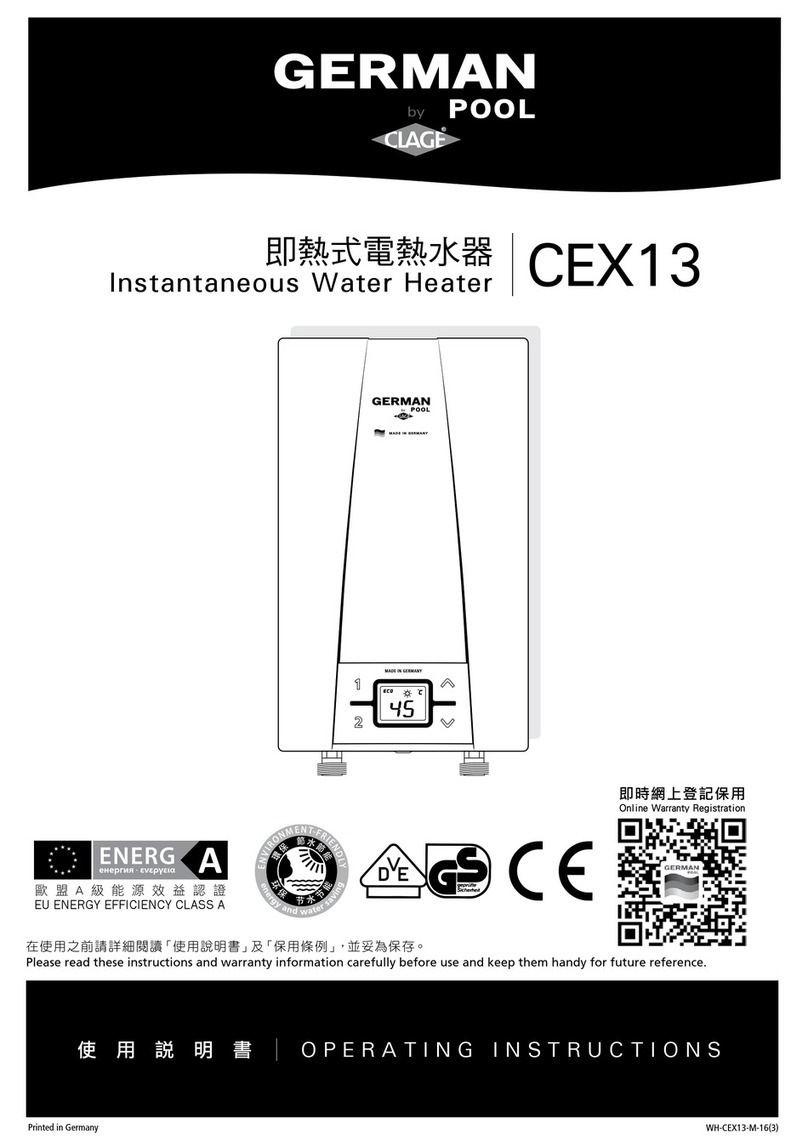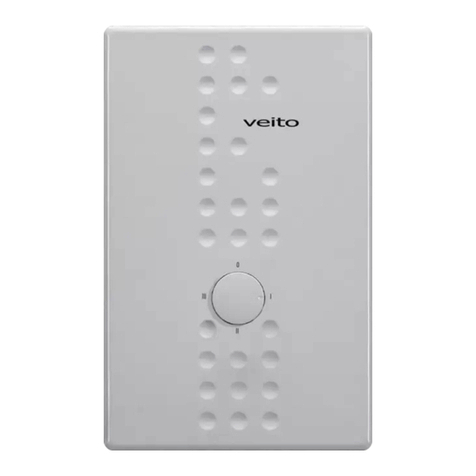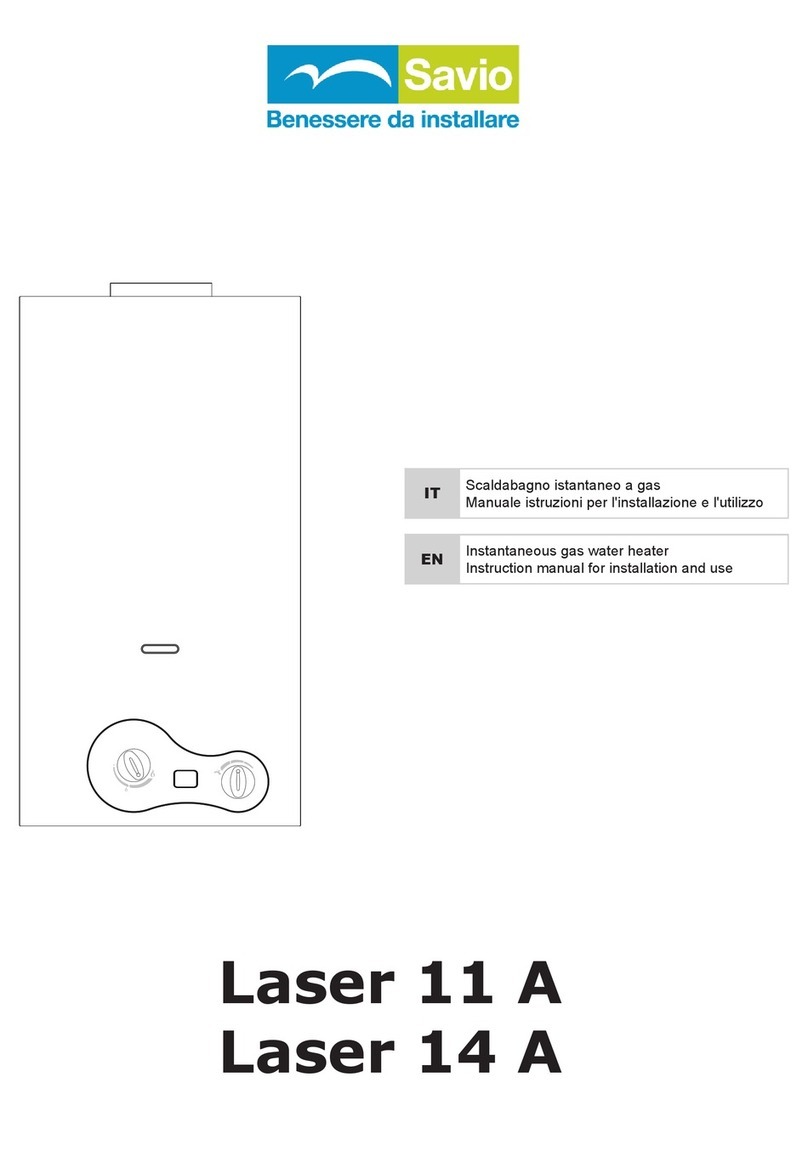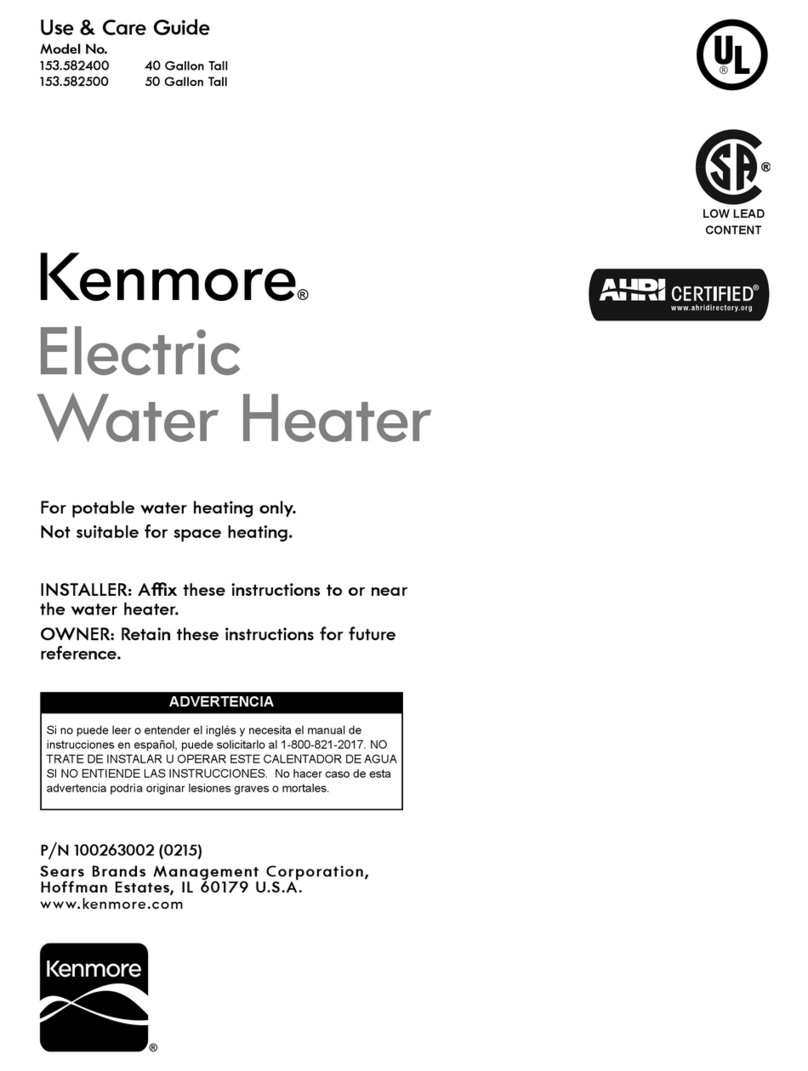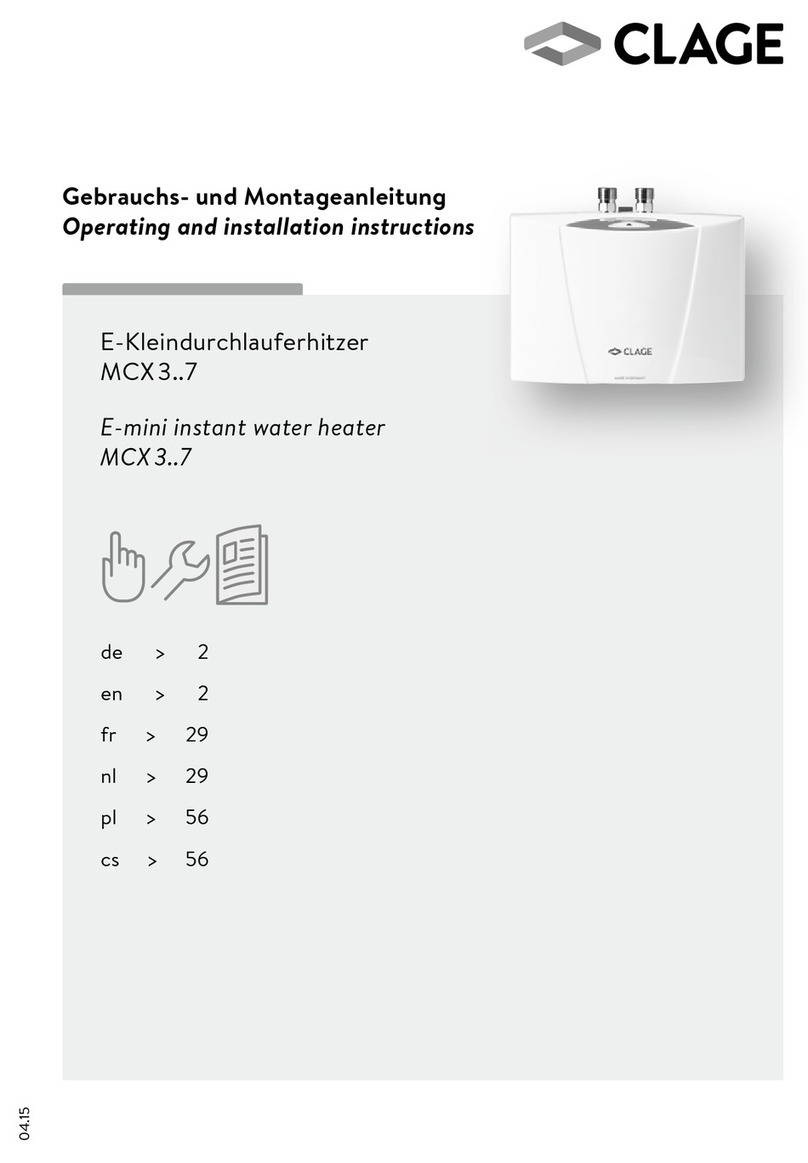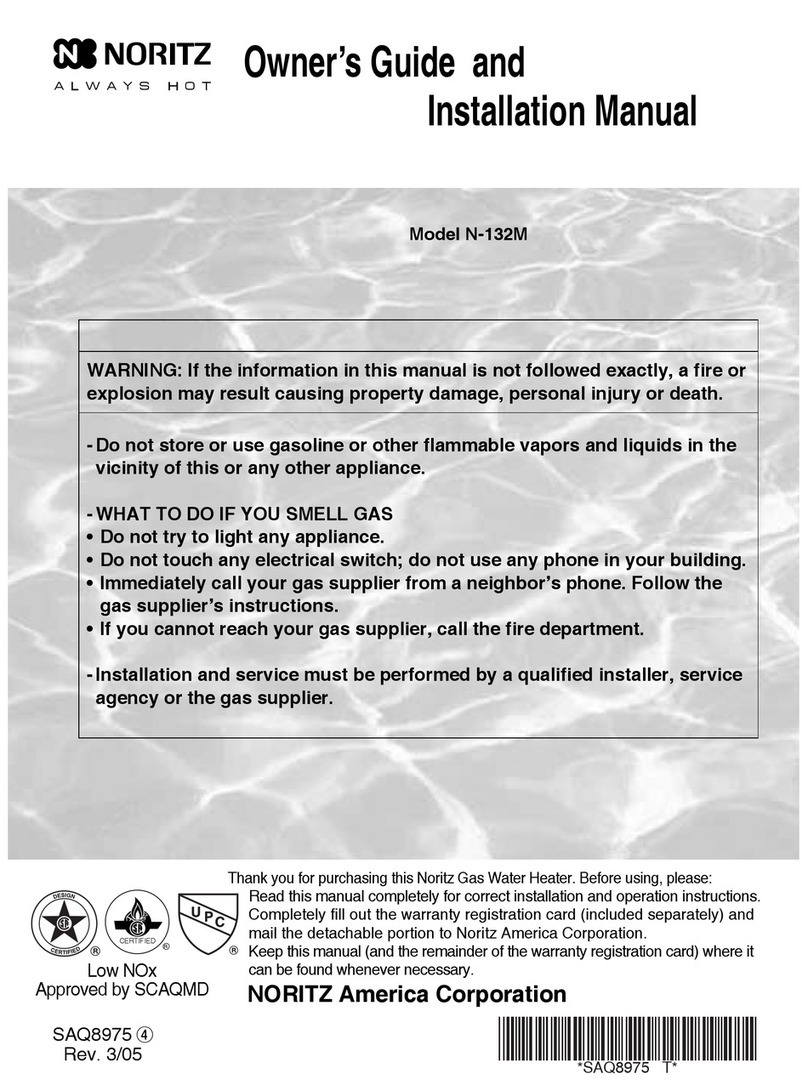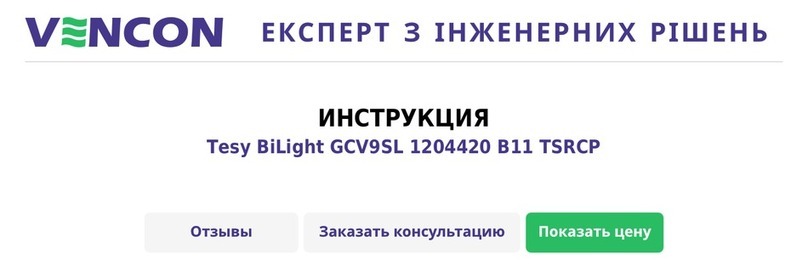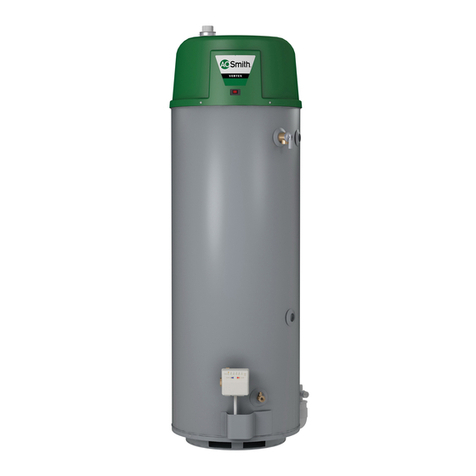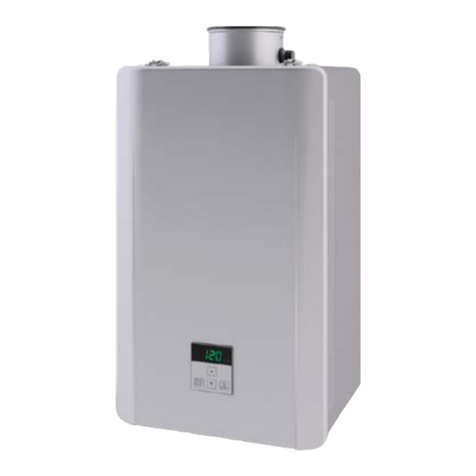
Contents
CHAPTER ⅠPRODUCT INTRODUCTION............................................................1
1. INTRODUCTION OF UNIT .......................................................................................................................... 1
2. BASIC WORKING PRINCIPAL .................................................................................................................... 2
3. BASIC PARAMETERS OF UNIT................................................................................................................... 4
4. OPTIONAL FITTINGS................................................................................................................................. 5
CHAPTER ⅡINSTALLATION..................................................................................6
1. INSTALLATION FLOW CHART.................................................................................................................... 6
2. PREPARATION BEFORE INSTALLATION...................................................................................................... 6
3. INSTALLATION FOR MAIN UNIT OF WATER HEATER................................................................................ 10
4. DESIGN OF WATER SYSTEM.................................................................................................................... 13
5. INSTALLATION AND HEAT INSULATION FOR PIPELINES OF WATER SYSTEM............................................. 19
6. ELECTRIC INSTALLATION ....................................................................................................................... 34
7. INSTALLATION OF COMMUNICATION SYSTEM......................................................................................... 41
8. CHARGING OF REFRIGERANT ................................................................................................................. 43
CHAPTER ⅢDEBUGGING AND OPERATION...................................................46
1. DEBUGGING FLOW CHART..................................................................................................................... 46
2. SAFETY NOTICES ................................................................................................................................... 46
3. PRE-DEBUGGING PREPARATIONS............................................................................................................ 47
4. DEBUGGING OPERATION........................................................................................................................ 50
5. UNIT FUNCTION SETTINGS..................................................................................................................... 53
CHAPTER ⅣMAINTENANCE................................................................................56
1. ERROR CODE ......................................................................................................................................... 56
2.TROUBLESHOOTING ............................................................................................................................... 59
3. MAINTENANCE OF KEY PARTS ............................................................................................................... 66
4. UNIT EXPLOSION VIEWAND PARTS LIST................................................................................................ 90
CHAPTER ⅤUNIT MAINTENANCE................................................................... 102
1. DAILY OPERATION AND MAINTENANCE .............................................................................................. 102
2. CLEANING OF SYSTEM ......................................................................................................................... 102

